Home>Gardening & Outdoor>Landscaping Ideas>How Deep To Dig For Artificial Grass
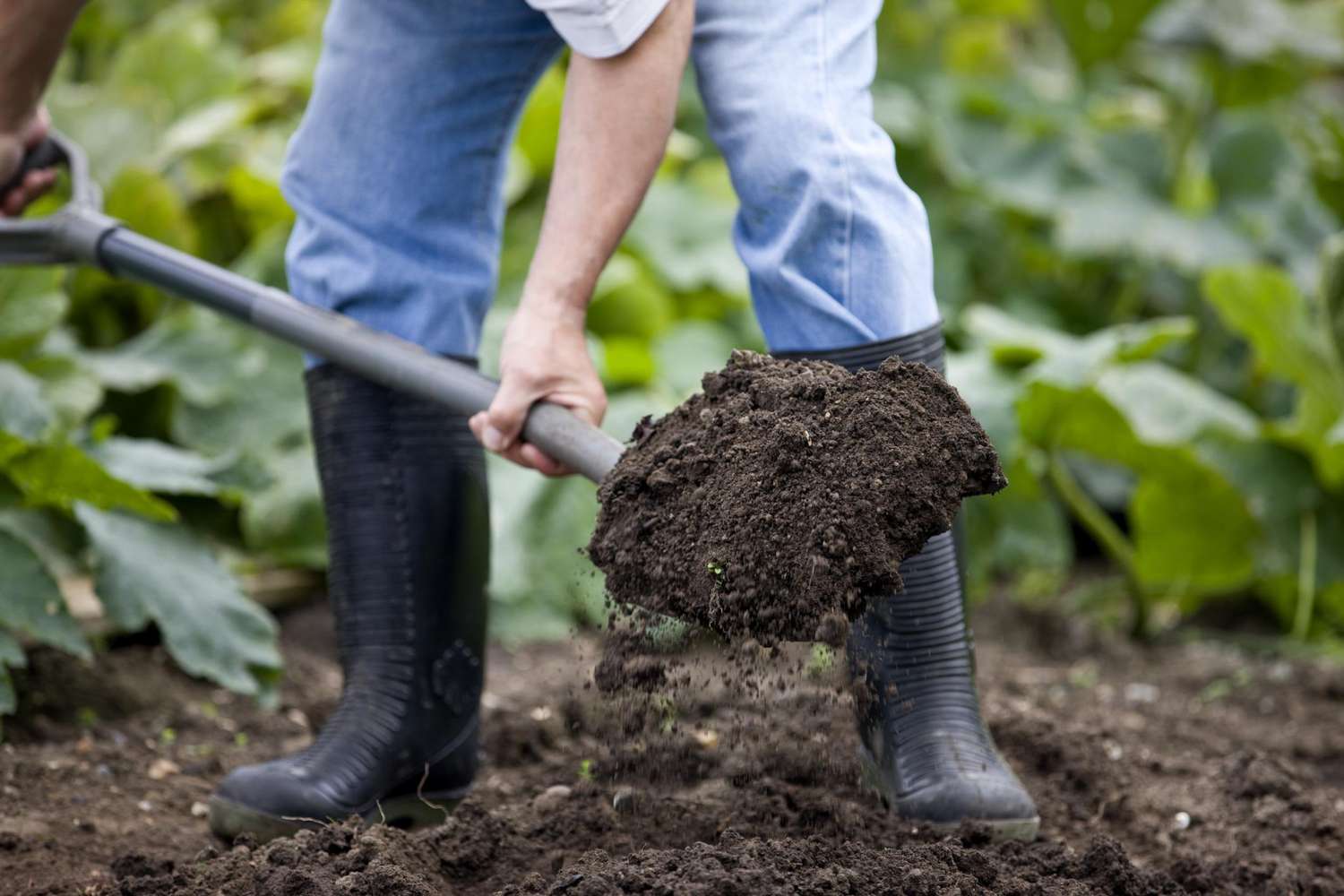

Landscaping Ideas
How Deep To Dig For Artificial Grass
Modified: August 16, 2024
Discover the ideal depth for installing artificial grass with our expert landscaping ideas. Learn how to achieve the perfect results for your outdoor space.
(Many of the links in this article redirect to a specific reviewed product. Your purchase of these products through affiliate links helps to generate commission for Storables.com, at no extra cost. Learn more)
Introduction
Welcome to the world of artificial grass, where lush green lawns can be yours without the hassle of mowing, watering, or fertilizing. If you’re considering installing artificial grass in your outdoor space, one of the crucial aspects to contemplate is the depth at which you should dig before laying down the turf. This decision can significantly impact the longevity and overall aesthetic of your artificial lawn, making it essential to understand the factors involved and the best practices for digging.
In this comprehensive guide, we will delve into the various considerations to keep in mind before digging for artificial grass, the optimal depth required for installation, and the techniques to ensure a successful and visually appealing outcome. By the end of this article, you will be equipped with the knowledge and insights necessary to embark on your artificial grass installation journey with confidence.
Key Takeaways:
- Digging for artificial grass requires careful consideration of factors like drainage, soil type, and local regulations. The recommended depth is 2 to 4 inches, allowing for proper base materials, drainage, and compaction.
- Employ precise digging techniques, such as marking and measuring, uniform excavation, grading, and thorough compaction, for a successful artificial grass installation. This sets the stage for a visually stunning and enduring outdoor space.
Read more: How To Dig For A Patio
Factors to Consider Before Digging
Before grabbing your shovel and breaking ground for your artificial grass project, it’s crucial to consider several factors that can influence the digging process and the overall success of your installation.
- Drainage: Assess the drainage capabilities of your outdoor space. Proper drainage is essential for maintaining the integrity and longevity of your artificial grass. Ensure that the area where you plan to install the turf allows for efficient water runoff to prevent pooling and water damage.
- Soil Type: Understanding the composition of the soil is vital. Different soil types have varying drainage properties and compaction levels. Sandy soil drains quickly but may require additional stabilization, while clay soil retains water and necessitates proper grading and drainage solutions.
- Existing Vegetation: Take stock of any existing vegetation in the area. Clearing the space of grass, weeds, and roots before digging is essential to prevent future growth from impacting the artificial turf’s appearance and stability.
- Utility Lines and Irrigation Systems: Determine the location of underground utility lines, irrigation systems, and any other buried infrastructure. Accidental damage to these elements can lead to costly repairs and potential safety hazards. Always consult with relevant authorities or professionals to identify and mark these utilities before digging.
- Local Regulations: Familiarize yourself with local regulations and building codes pertaining to artificial grass installations. Some areas have specific guidelines regarding the depth and materials used, and obtaining the necessary permits is crucial to avoid potential issues in the future.
By carefully considering these factors, you can effectively plan and prepare for the digging phase of your artificial grass project, setting the stage for a smooth and successful installation process.
Depth Required for Artificial Grass Installation
When it comes to the depth required for artificial grass installation, striking the right balance is essential to ensure a stable and visually appealing end result. The depth of excavation directly impacts crucial aspects such as drainage, base preparation, and the overall longevity of the artificial turf.
Typically, the recommended depth for excavating the area where the artificial grass will be installed ranges from 2 to 4 inches. This depth allows for the implementation of essential components that contribute to the durability and performance of the synthetic turf.
- Base Materials: The excavated area provides space for the installation of various base materials, such as crushed rock or decomposed granite. These materials form a stable foundation that promotes proper drainage and prevents the growth of weeds and other unwanted vegetation.
- Drainage Systems: In regions with high precipitation or areas prone to water accumulation, the depth allows for the incorporation of effective drainage systems. This ensures that water is efficiently channeled away from the turf, preventing issues such as waterlogging and promoting a healthy, dry surface.
- Compaction: Adequate depth enables proper compaction of the base materials, essential for creating a level and supportive surface for the artificial grass. Compaction minimizes the risk of uneven settling and enhances the turf’s resilience, contributing to its long-term performance.
While the recommended depth provides a general guideline, it’s important to consider specific factors such as soil type, local climate, and intended usage when determining the precise depth for your artificial grass installation. Areas with poor drainage or heavy usage may benefit from a deeper excavation to accommodate additional base materials and drainage features, ensuring optimal performance and longevity.
By understanding the significance of the depth required for artificial grass installation, you can make informed decisions and work towards creating a durable, visually appealing, and low-maintenance outdoor space with synthetic turf.
When installing artificial grass, dig to a depth of 2-4 inches for the base material. This will allow for proper drainage and a stable foundation for the turf.
Digging Techniques for Artificial Grass
Efficient and precise digging is crucial for laying the groundwork for a successful artificial grass installation. By employing the right techniques, you can ensure proper depth, optimal base preparation, and a smooth transition to the turf-laying phase.
Here are key digging techniques to consider:
- Marking and Measuring: Begin by marking the area where the artificial grass will be installed. Use stakes and string to outline the perimeter, and accurately measure the depth required at various points within the designated area. This initial step sets the stage for precise excavation.
- Excavation: Utilize appropriate excavation tools, such as a shovel, spade, or turf cutter, to carefully remove the existing sod, soil, and any underlying vegetation. Take care to maintain a uniform depth across the entire area, periodically checking the depth with a measuring tool to ensure consistency.
- Grading: After excavation, focus on grading the area to achieve a level surface. Use a grading rake or a screed board to distribute the excavated materials evenly, addressing any low or high spots to create a smooth and uniform base for the artificial grass.
- Compaction: Once the area is excavated and graded, compact the base materials thoroughly to enhance stability and prevent settling. A plate compactor or hand tamper can be used to achieve the recommended compaction level, ensuring a solid foundation for the synthetic turf.
- Final Checks: Before proceeding to the next phase of installation, perform a final inspection of the excavated area. Verify that the depth, grading, and compaction meet the specified requirements, and make any necessary adjustments to address potential issues or inconsistencies.
By adhering to these digging techniques, you can lay the groundwork for a seamless and effective artificial grass installation, setting the stage for a visually stunning and long-lasting outdoor space.
Conclusion
Embarking on an artificial grass installation journey involves careful planning, precise execution, and a thorough understanding of the crucial factors that influence the digging process. By considering aspects such as drainage, soil type, existing vegetation, utility lines, and local regulations, you can lay the groundwork for a successful and enduring synthetic turf installation.
Understanding the depth required for artificial grass installation is pivotal in creating a stable and visually appealing outdoor space. The recommended depth of 2 to 4 inches allows for the implementation of essential base materials, effective drainage systems, and proper compaction, contributing to the longevity and performance of the artificial turf.
Employing the right digging techniques, including marking and measuring, precise excavation, grading, and thorough compaction, sets the stage for a seamless transition to the turf-laying phase, ensuring a level and stable foundation for the synthetic grass.
As you venture into the world of artificial grass, armed with the knowledge and insights gleaned from this guide, you are well-equipped to navigate the digging phase with confidence and precision. By carefully considering the factors, depth requirements, and techniques outlined, you can pave the way for a stunning and enduring artificial grass installation that transforms your outdoor space into a vibrant, low-maintenance oasis.
So, grab your shovel, embrace the possibilities, and prepare to witness the transformative power of artificial grass as you embark on this exciting landscaping endeavor.
Ready to spruce up your garden's perimeter while boosting its appeal? Our guide on the best garden fence ideas offers a wealth of creative solutions tailored for any outdoor space. From classic wooden pickets to innovative metal designs, you'll find plenty of inspiration to redefine your landscape. Whether you're enhancing privacy, security, or simply adding a decorative touch, these ideas are sure to transform your garden into a stunning haven.
Frequently Asked Questions about How Deep To Dig For Artificial Grass
Was this page helpful?
At Storables.com, we guarantee accurate and reliable information. Our content, validated by Expert Board Contributors, is crafted following stringent Editorial Policies. We're committed to providing you with well-researched, expert-backed insights for all your informational needs.
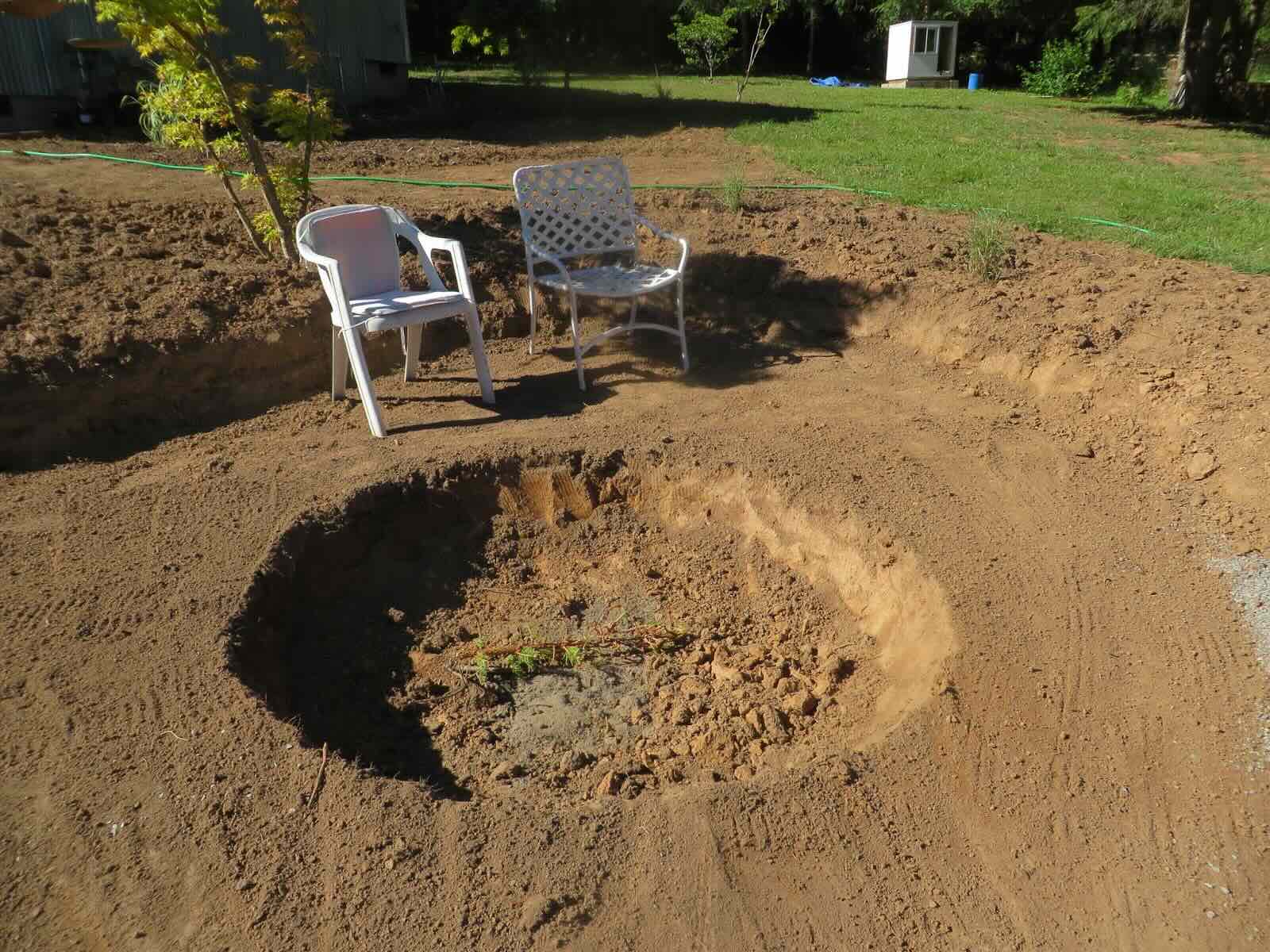
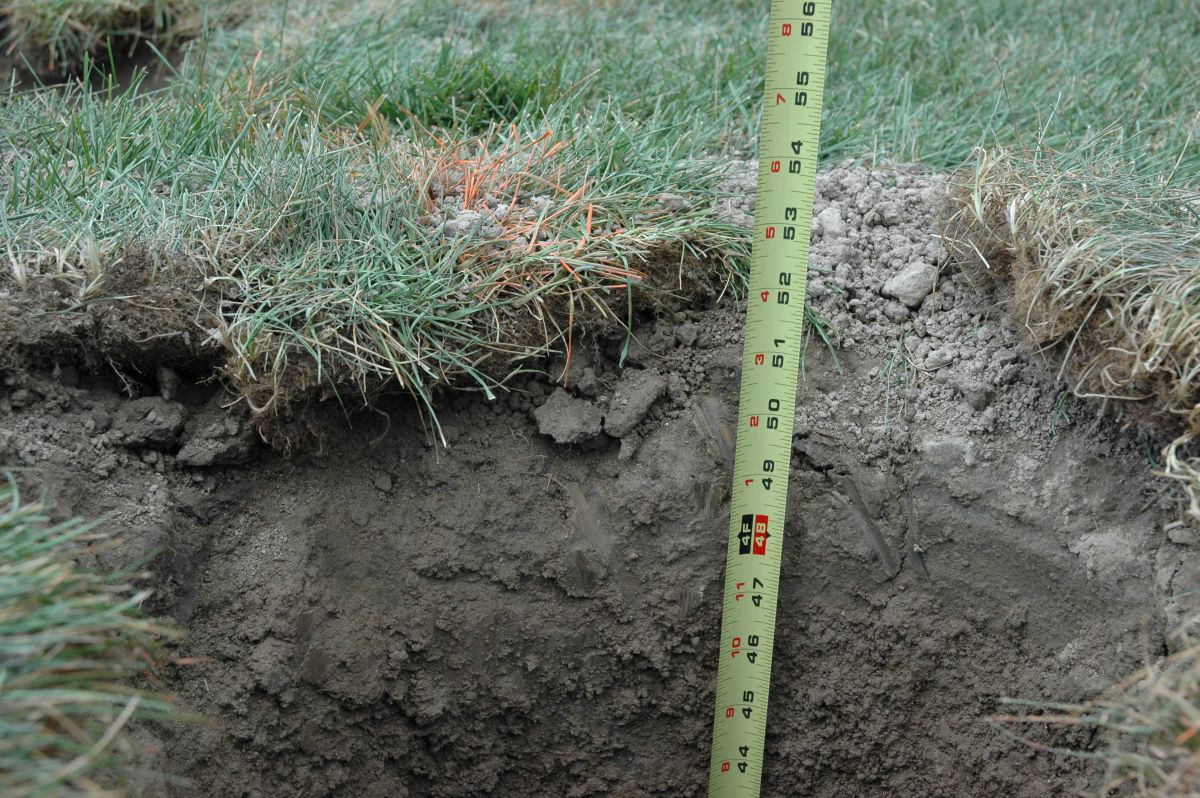
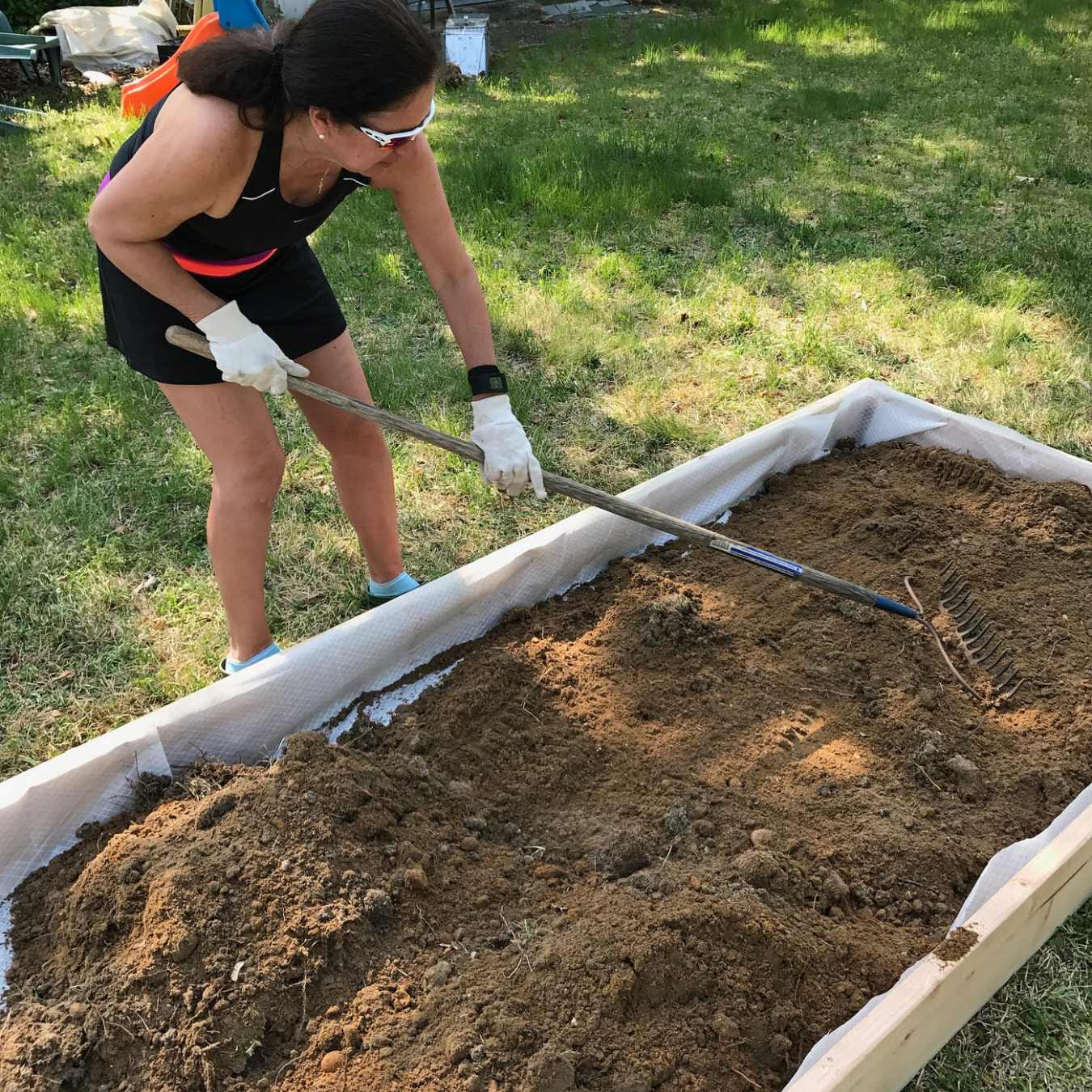
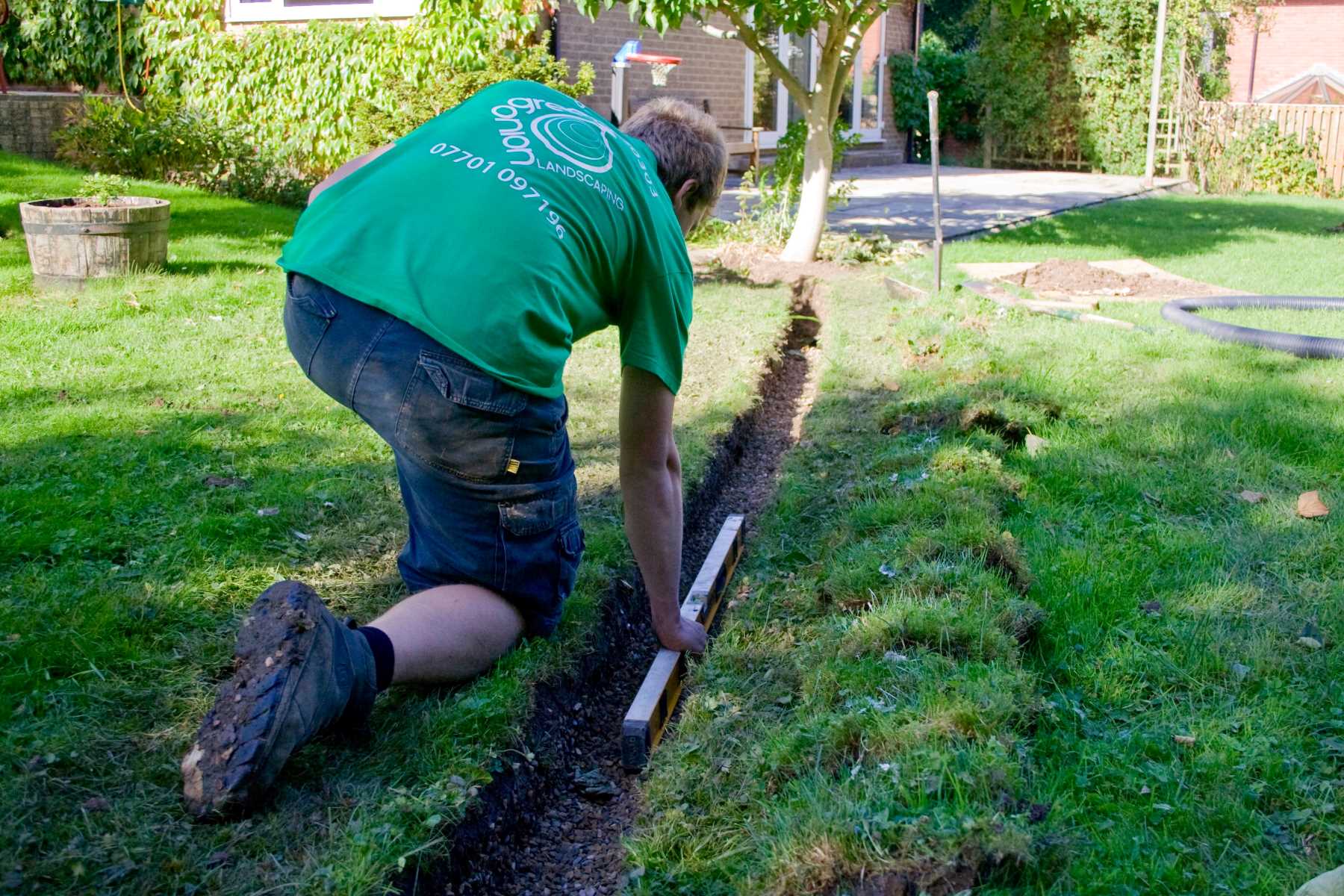

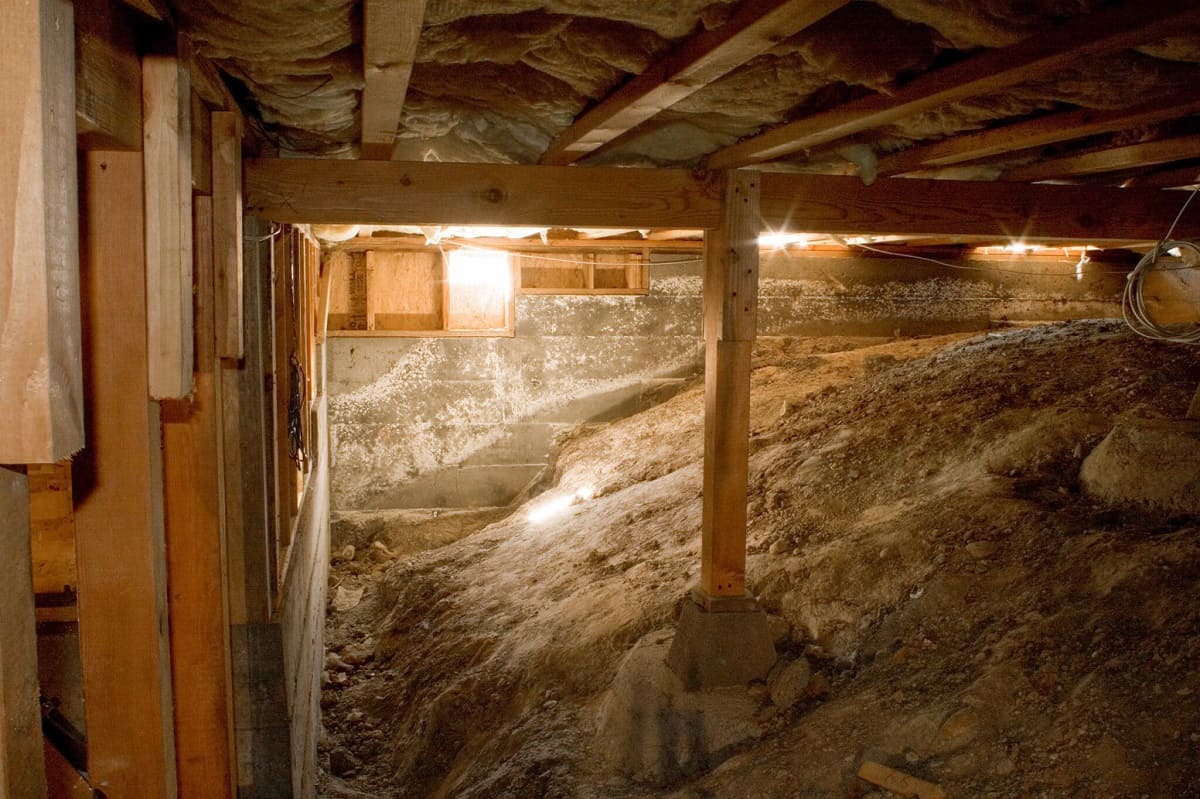
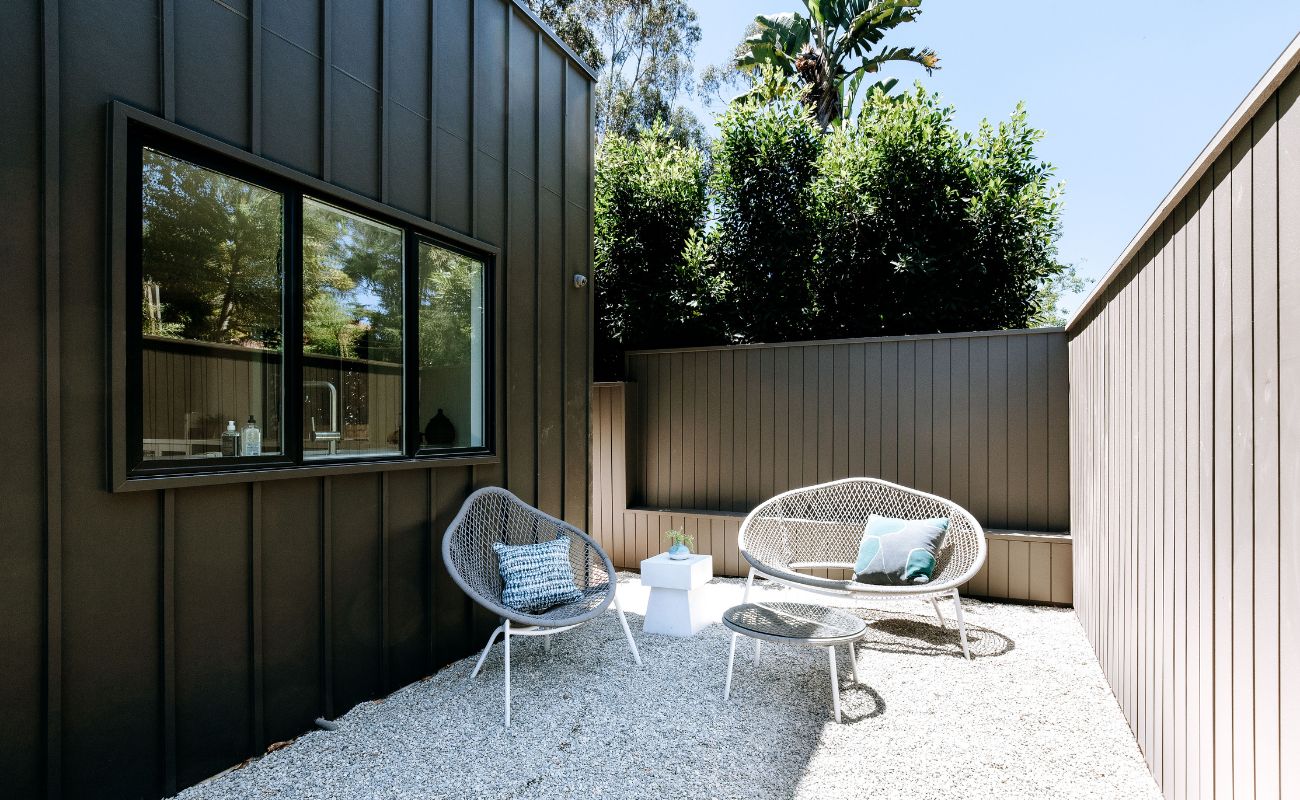
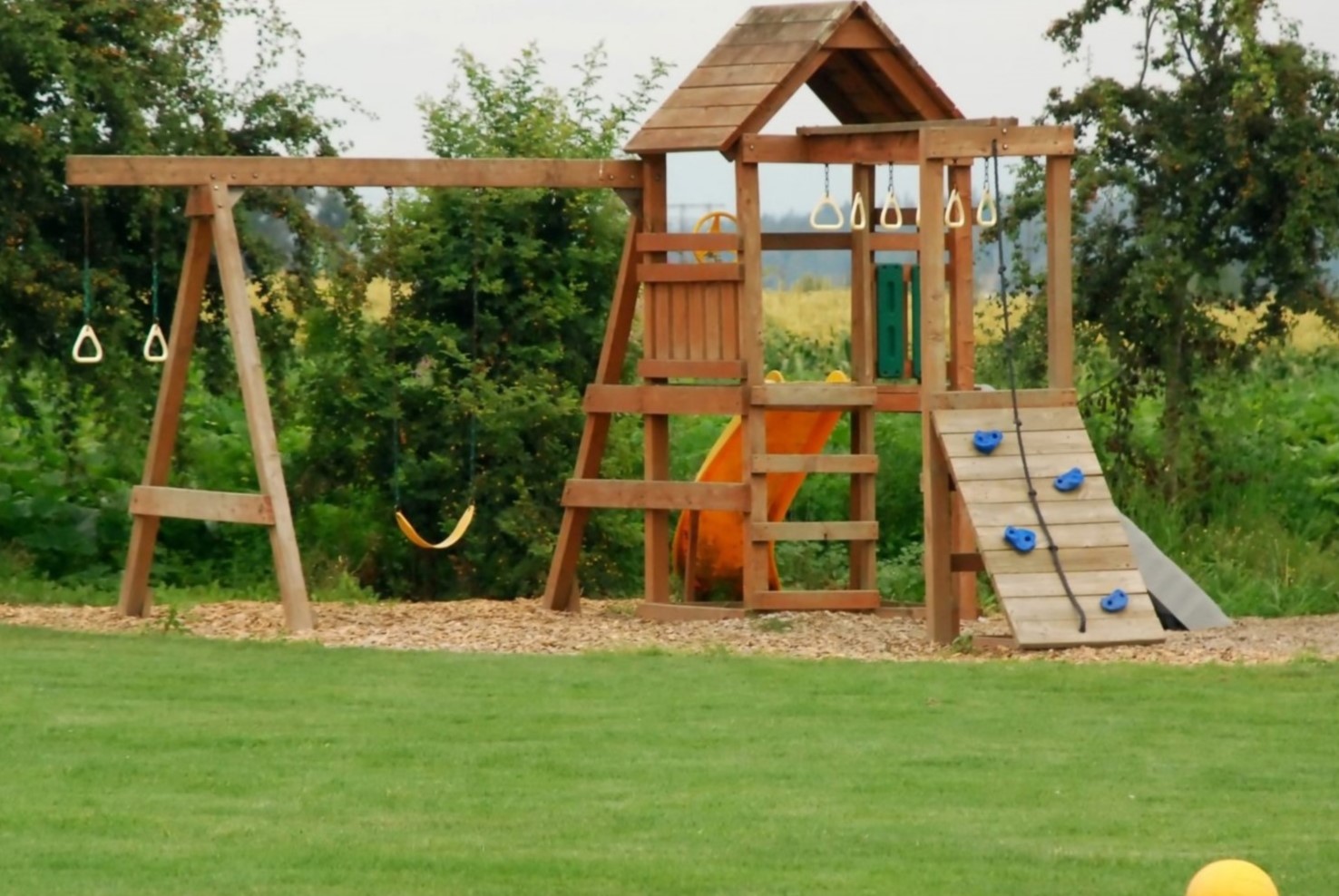
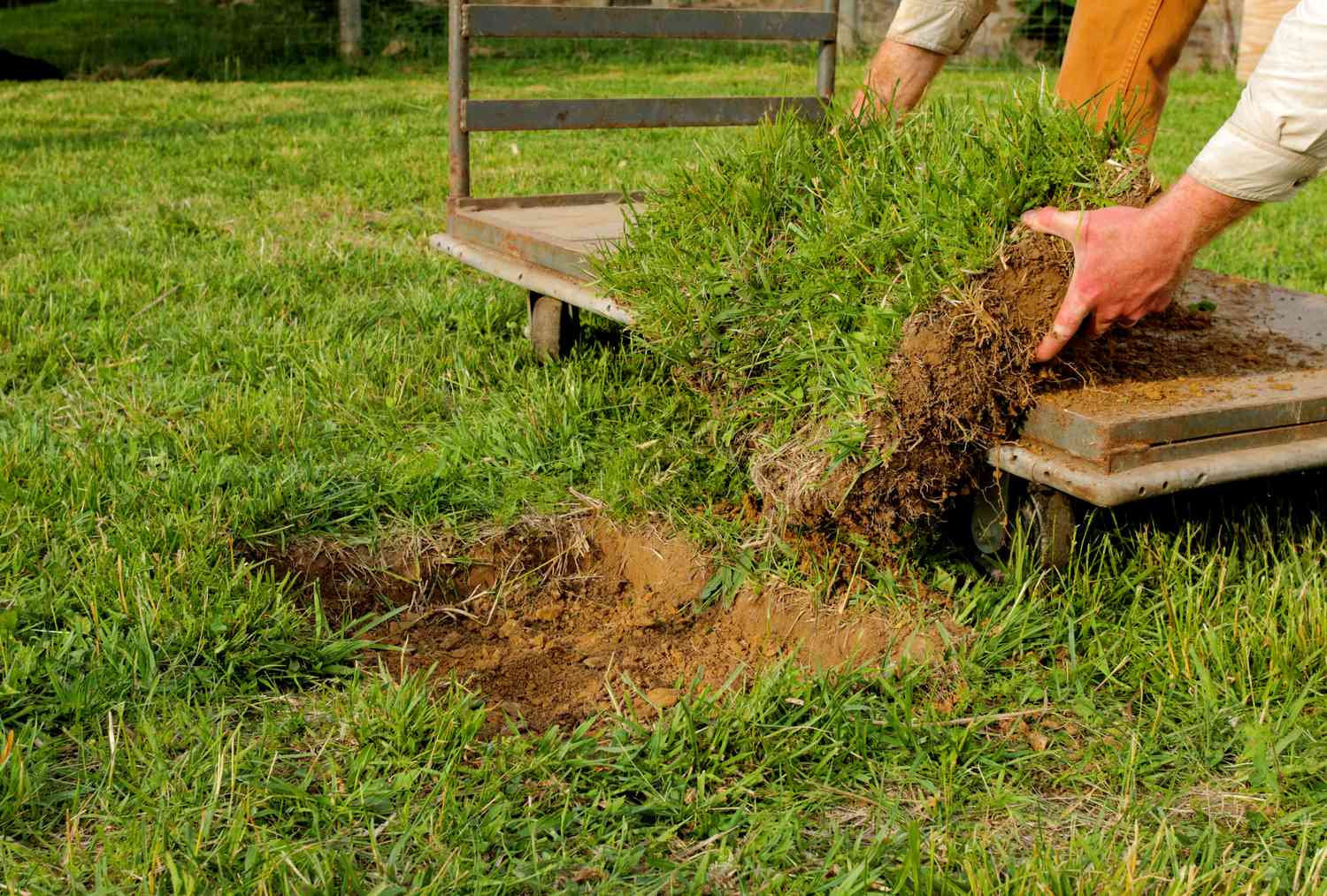
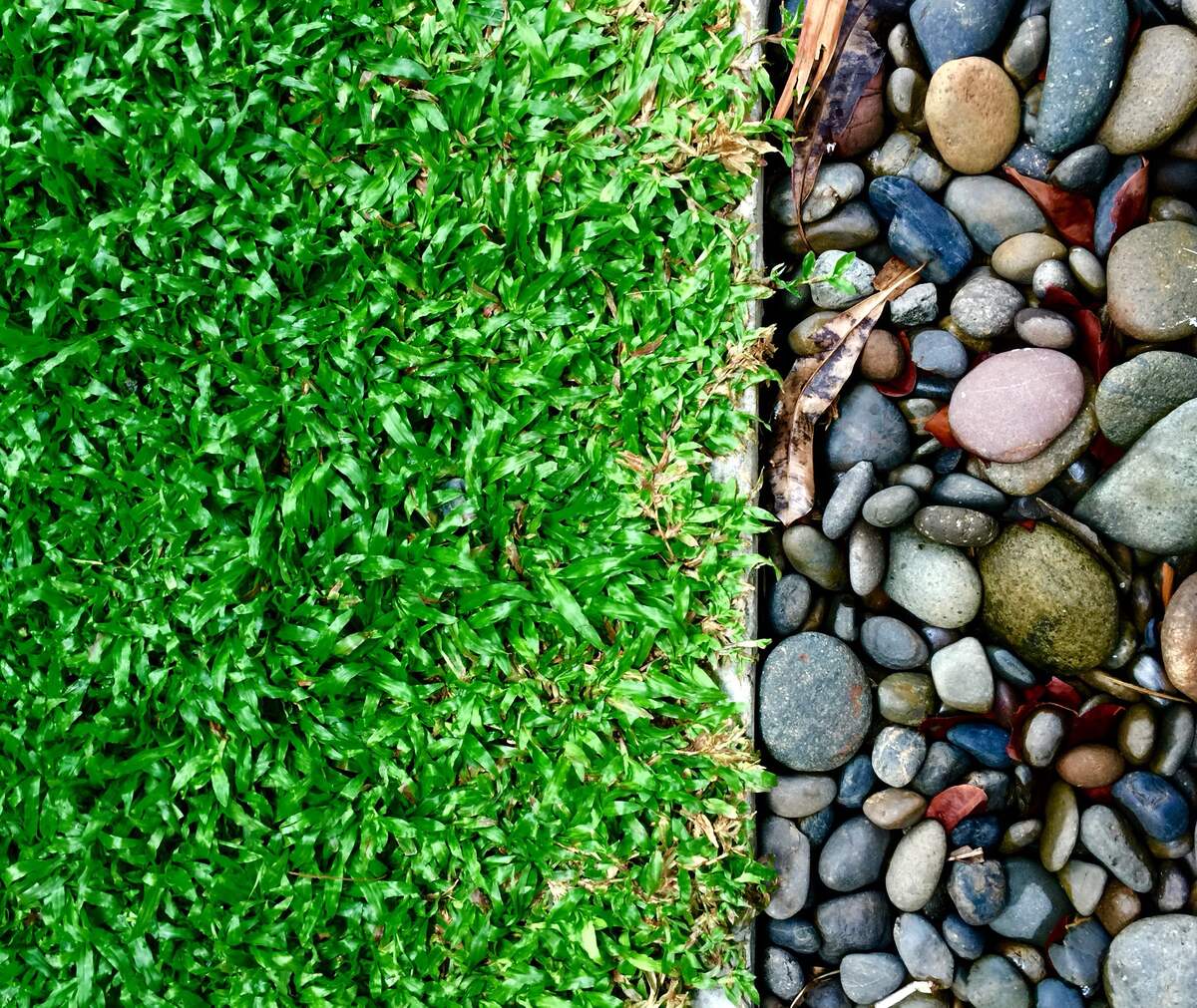
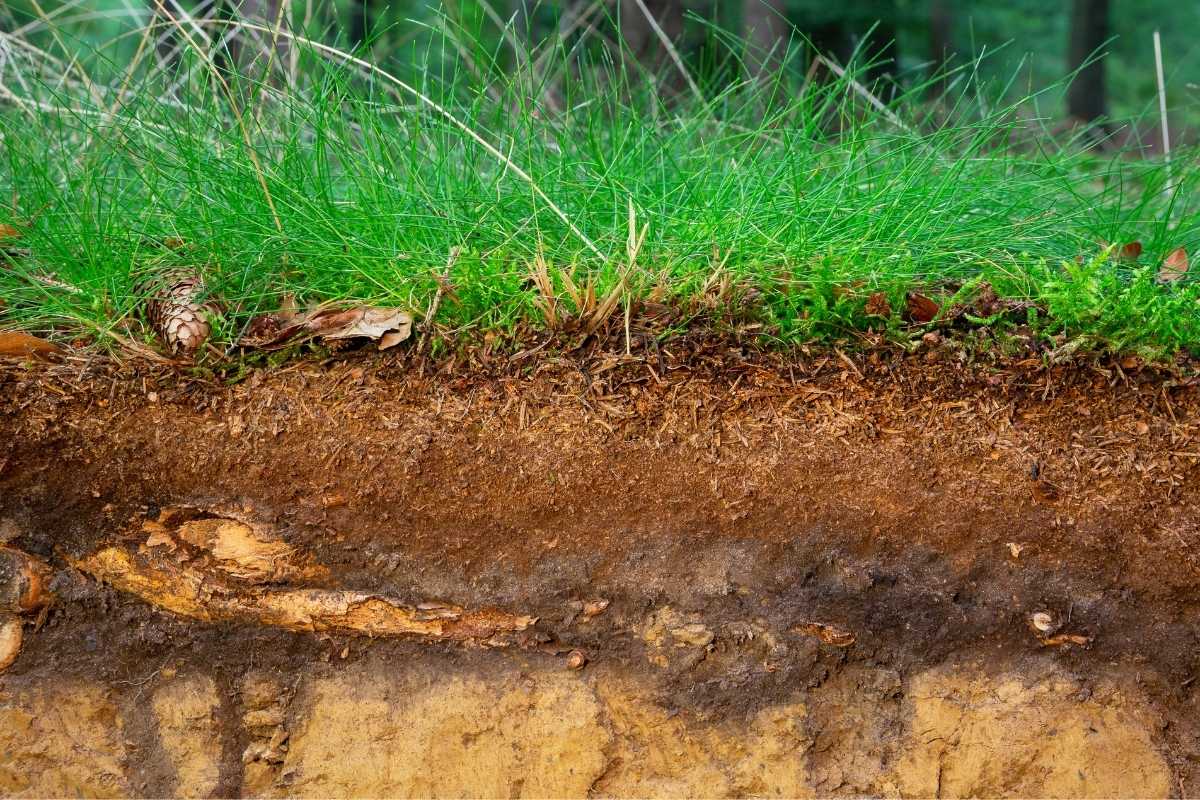

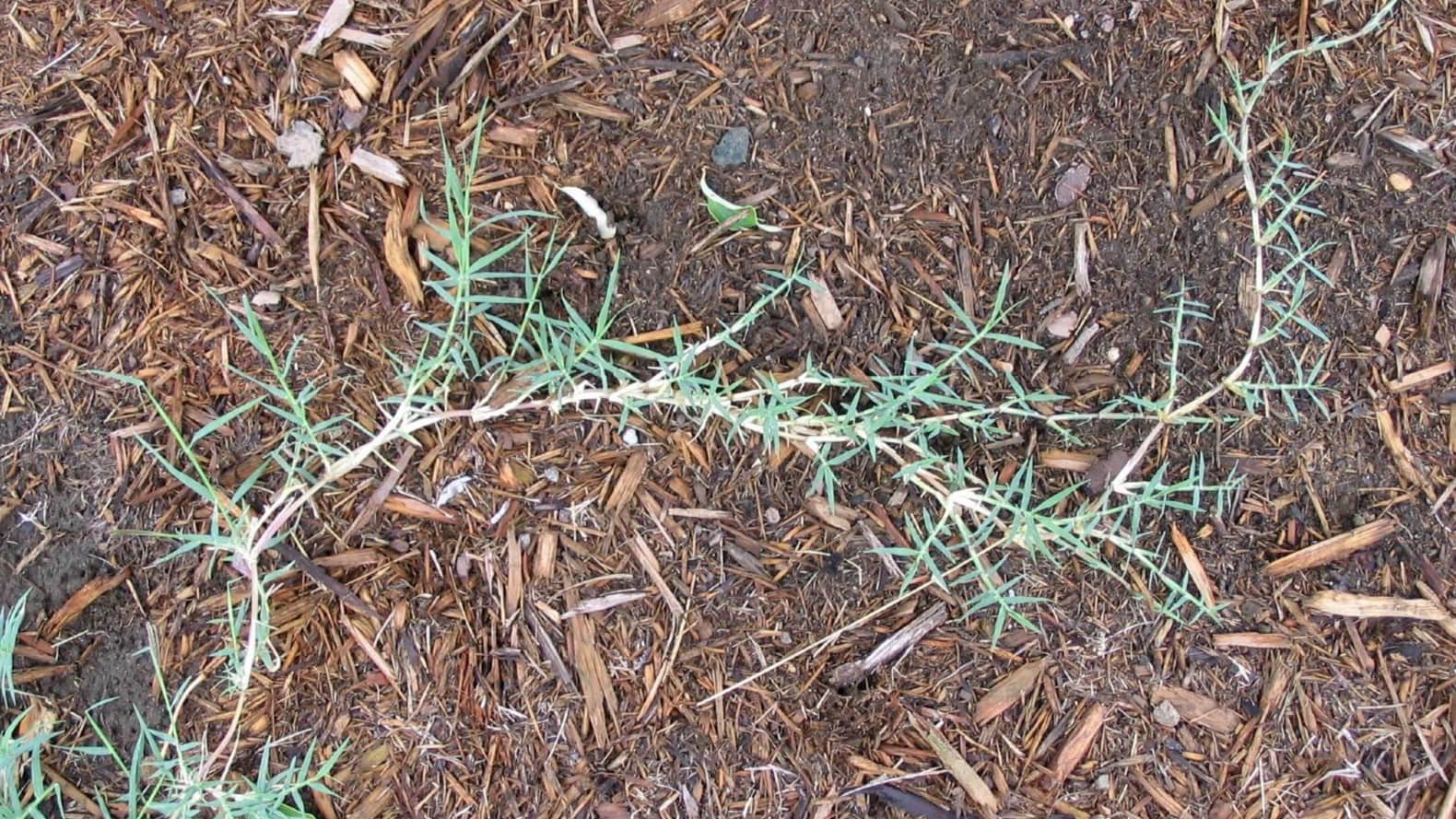
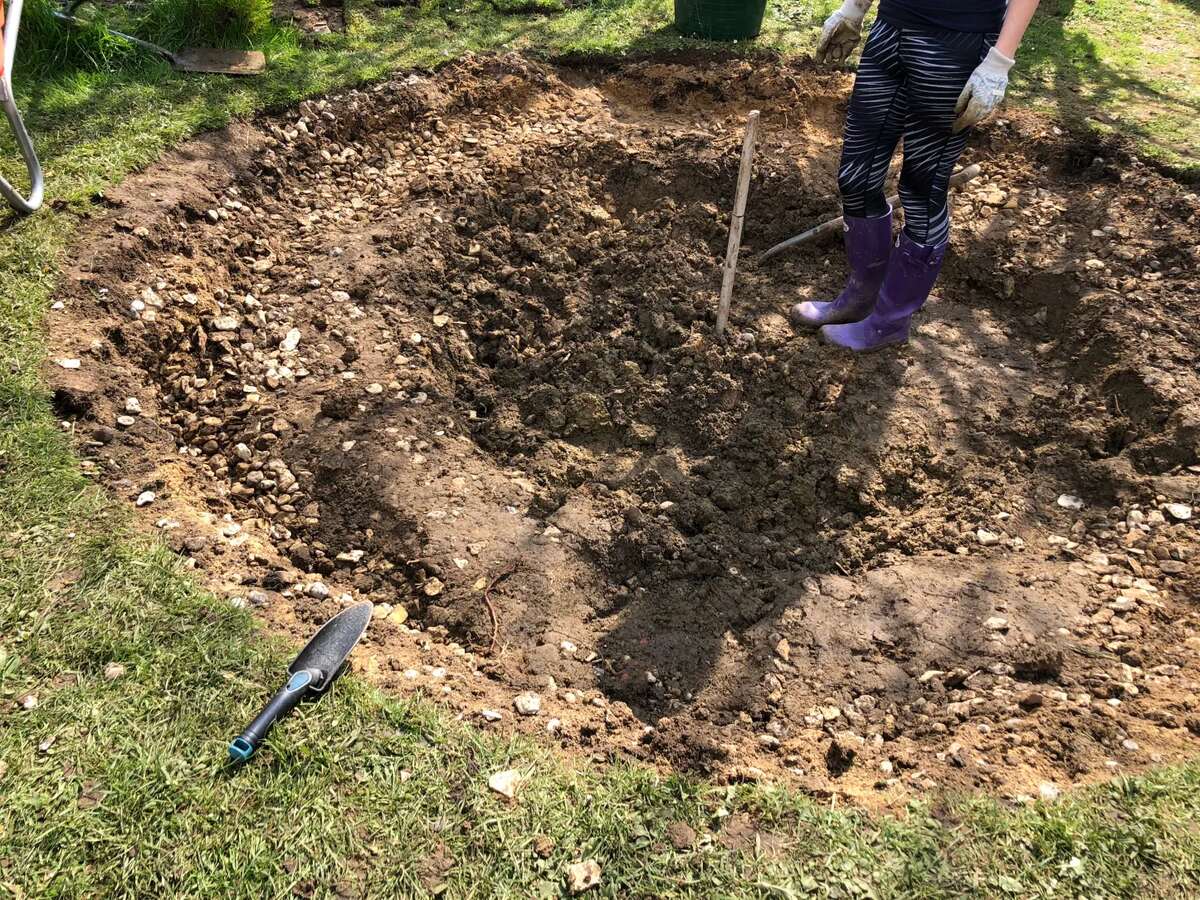
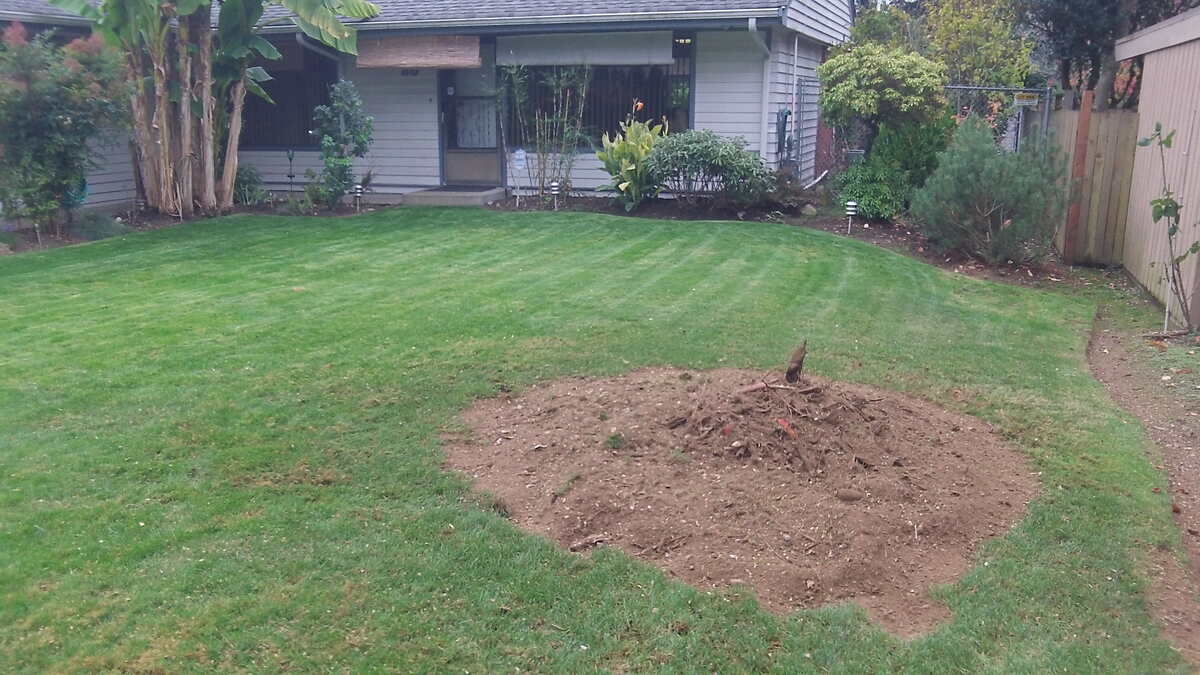

0 thoughts on “How Deep To Dig For Artificial Grass”